Australia is renowned for its breathtaking landscapes and diverse cultures, yet travelers often find that exploring this vast country can be more costly than venturing overseas. This paradox raises questions about the dynamics of the travel industry within Australia and how these factors influence travel costs. By examining the underlying causes, including economic, regulatory, and logistical elements, we can gain insights into why domestic travel can sometimes exceed the costs of international trips.
Understanding the Cost Dynamics of Domestic Travel in Australia
While Australia offers a plethora of travel destinations, ranging from the Great Barrier Reef to the Outback, the costs associated with traveling domestically can be surprisingly high. This is often due to a combination of factors including geographical isolation, limited competition in the domestic airline market, and infrastructural challenges. These elements contribute significantly to the pricing strategies employed by travel service providers.
1. Geographical Challenges and Infrastructure Limitations
Australia's vast expanse, coupled with its sparse population distribution, poses significant logistical challenges. The Australian Bureau of Statistics (ABS) reports that around 86% of Australians live in urban areas, making regional connectivity a complex issue. This geographic isolation often leads to higher transportation costs, as airlines and other transport services must cover large distances with relatively fewer passengers, increasing per capita costs.
2. Limited Competition in the Domestic Airline Market
The Australian domestic airline market is dominated by a few key players, which limits competition and keeps prices high. The Australian Competition & Consumer Commission (ACCC) has noted concerns over the lack of competition in this sector, which can lead to higher airfare prices compared to international routes where more airlines compete for business. This lack of competition means that airfare discounts are less frequent and less substantial for domestic flights.
3. Economic and Regulatory Factors
The economic landscape in Australia, influenced by regulatory frameworks, also impacts travel costs. For instance, the Goods and Services Tax (GST) applies to domestic travel services, adding an additional layer of cost that is not applicable to all international travel expenses. Furthermore, the Reserve Bank of Australia (RBA) highlights that inflationary pressures can result in fluctuating travel costs, affecting everything from accommodation to dining.
Case Study: The Cost of Traveling to Tasmania
Traveling to Tasmania provides a clear example of the complexities involved in domestic travel costs. Despite being an attractive destination, the cost of flights and accommodation during peak seasons can exceed the cost of a trip to nearby countries such as Indonesia or Thailand.
Problem: The high cost of flights and limited accommodation options during peak tourist seasons lead to increased travel expenses.
Action: In response, tourism operators in Tasmania have started offering bundled packages that include flights, accommodation, and tours to provide better value for money.
Result: These packages have helped reduce overall travel costs by approximately 15%, making Tasmania a more attractive option for domestic travelers.
Takeaway: Bundled travel packages can mitigate the high costs associated with domestic travel, providing a competitive edge against international travel deals.
Contrasting Views on Domestic vs. International Travel Costs
While some argue that domestic travel should be cheaper due to shorter distances, others emphasize the unique challenges that Australia faces. For instance, international flights often benefit from economies of scale and higher competition, which drive prices down. Conversely, domestic routes may lack these benefits, resulting in higher costs.
Advocate View: Domestic travel supports local economies and provides opportunities to explore Australia's unique landscapes, which justifies the higher costs.
Critic View: The high cost of domestic travel discourages Australians from exploring their own country, potentially harming local tourism industries in the long run.
Middle Ground: Encouraging investment in regional transport infrastructure and fostering greater competition in the domestic airline market could help balance the cost dynamics, making domestic travel more accessible.
Pros and Cons of Domestic Travel in Australia
Understanding the advantages and disadvantages of domestic travel can help travelers make informed decisions.
Pros:
- Support for Local Economies: Spending within Australia boosts local businesses and communities.
- Unique Experiences: Exploring the diverse natural beauty and cultural heritage of Australia.
- Convenience: Easier travel arrangements with no language barriers.
Cons:
- Higher Costs: Limited competition and high operational costs drive up prices.
- Geographical Isolation: Long travel times and limited transport options.
- Seasonal Fluctuations: Prices can spike during peak tourist seasons.
Addressing Common Myths about Domestic Travel Costs
Several misconceptions exist regarding domestic travel costs within Australia.
Myth: Domestic travel is always cheaper than international travel.
Reality: Due to geographical and market factors, domestic trips can often be more expensive than international ones.
Myth: Increased competition will always lower domestic travel costs.
Reality: Structural and regulatory challenges mean that increased competition alone may not significantly lower prices.
Myth: All parts of Australia are easily accessible for travel.
Reality: Infrastructure limitations can make remote areas difficult and costly to reach.
These insights challenge the assumption that domestic travel is inherently cheaper and highlight the need for strategic planning to manage costs effectively.
Future Trends and Predictions for Domestic Travel
Looking ahead, several trends may impact the cost and accessibility of domestic travel in Australia. The Australian government is investing in regional infrastructure, which could reduce costs and improve accessibility in the long term. Additionally, technological advancements in transport and accommodation booking systems are likely to provide more competitive pricing options.
Prediction: By 2030, increased investment in regional transport infrastructure will reduce domestic travel costs by up to 20%, making it a more viable option for Australian travelers.
Conclusion
The complexities of domestic travel in Australia require travelers to navigate a myriad of challenges, from geographical isolation to limited competition in the airline market. However, by understanding these dynamics and leveraging available travel strategies such as bundled packages, travelers can optimize their experiences while supporting local economies.
For those eager to explore the unique landscapes and cultures within Australia, strategic planning and a willingness to consider innovative travel options can make domestic travel not only feasible but also rewarding.
Final Takeaway & Call to Action
Want to experience the best of what Australia has to offer without breaking the bank? Consider exploring bundled travel packages and staying updated on regional infrastructure developments. What are your thoughts on domestic travel costs? Share your experiences and insights in the comments below!
People Also Ask
How does the cost of domestic travel in Australia impact local tourism industries?
The high cost of domestic travel can deter Australians from exploring their own country, potentially reducing revenue for local tourism businesses. Encouraging competitive pricing and infrastructure investments can mitigate this impact.
What are some strategies for reducing domestic travel costs in Australia?
Travelers can reduce costs by booking bundled packages, traveling during off-peak seasons, and staying informed about regional infrastructure improvements that may lower travel expenses.
Related Search Queries
- Why is domestic travel expensive in Australia?
- Cost comparison: domestic vs. international travel in Australia
- Best strategies to save on domestic travel in Australia
- Future of travel in Australia: trends and predictions
- Impact of infrastructure improvements on travel costs in Australia








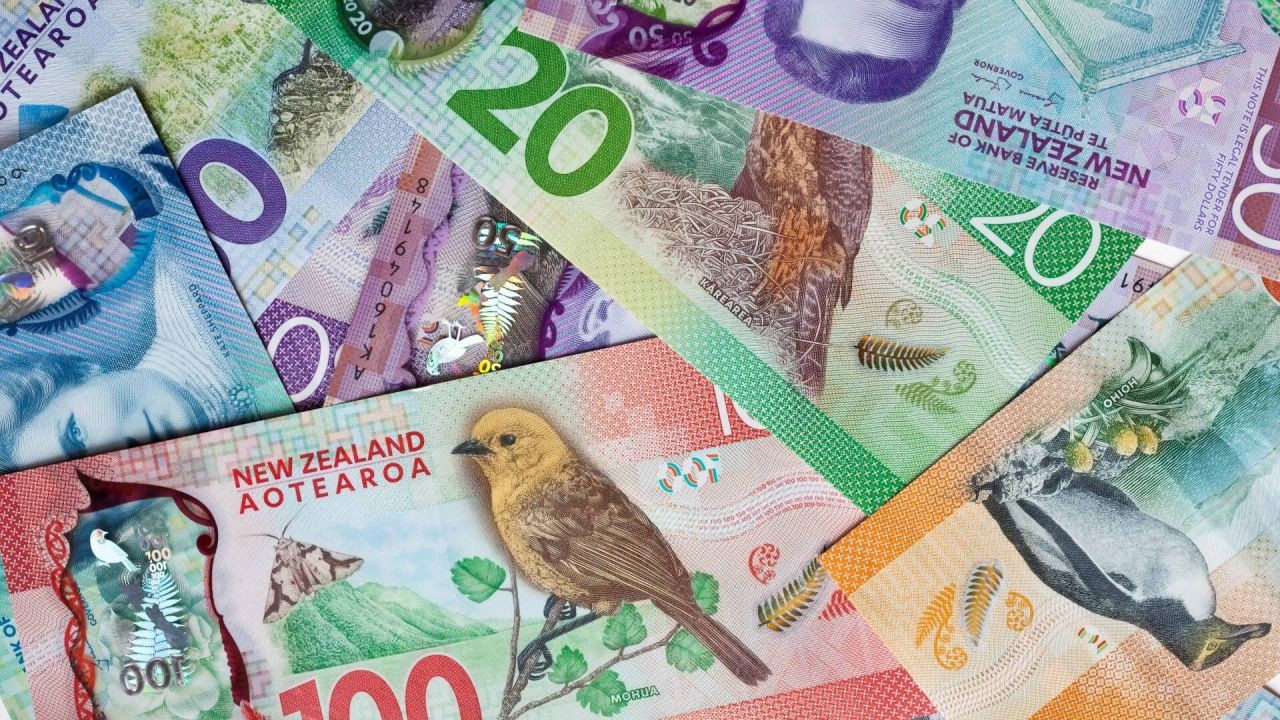

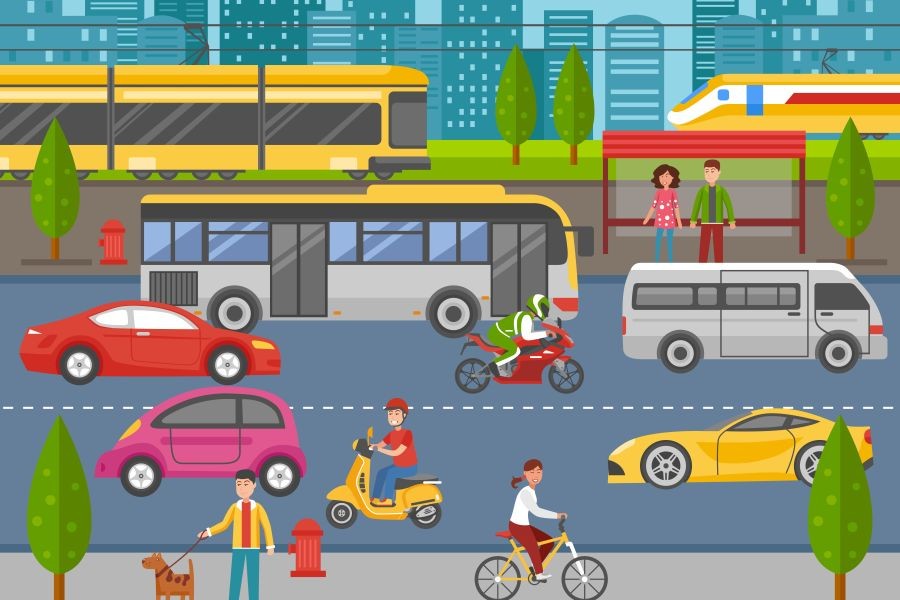




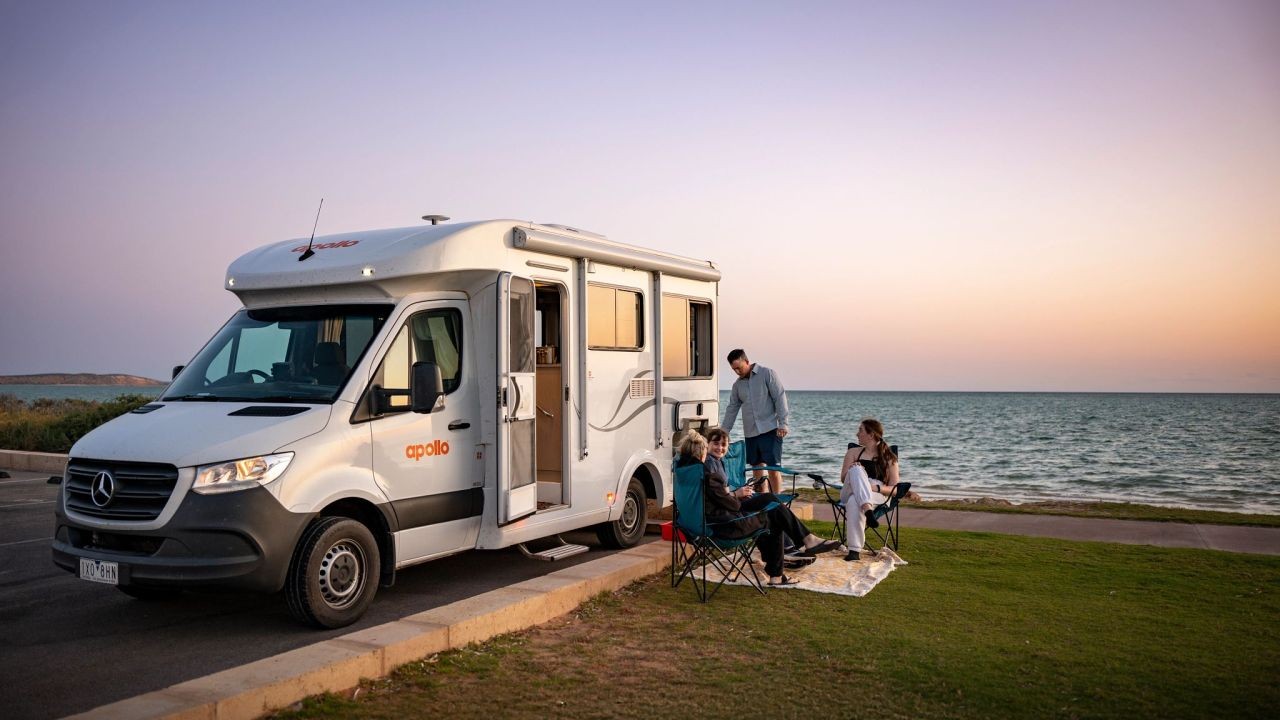





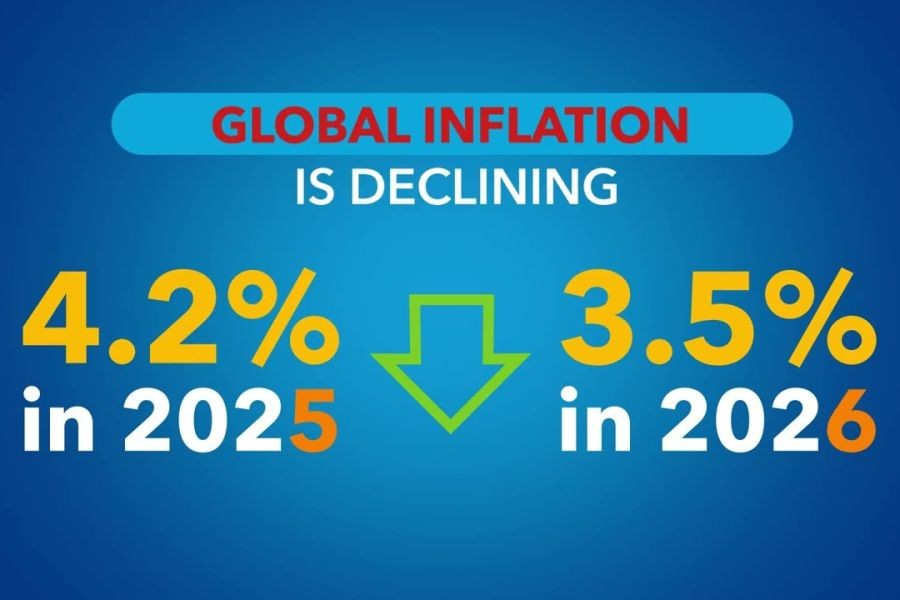







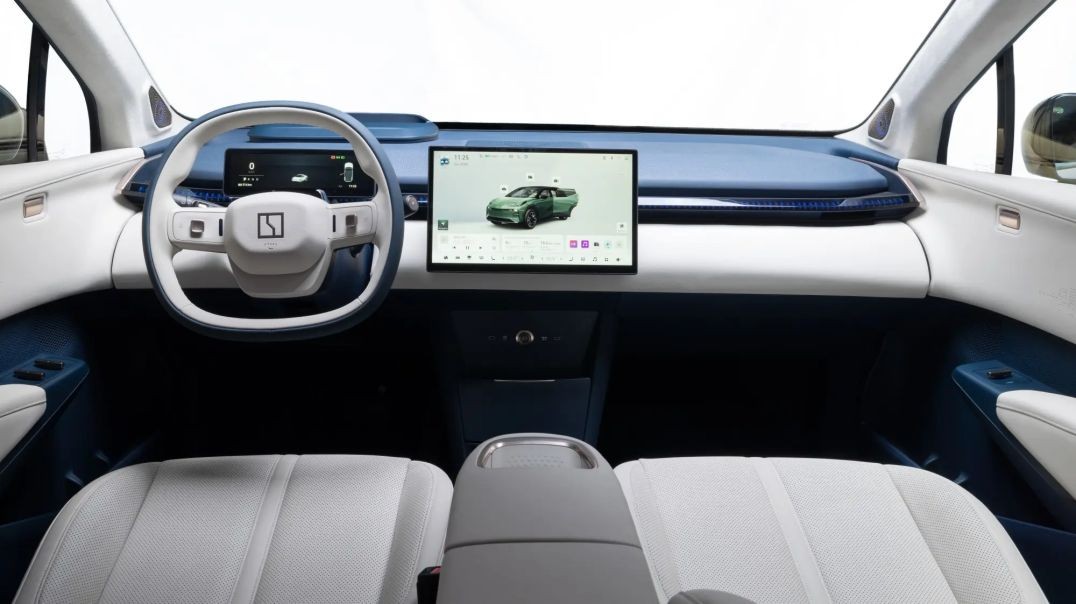

Smuggle your Booze
7 months ago